
Langley surgical team goes 'purple'
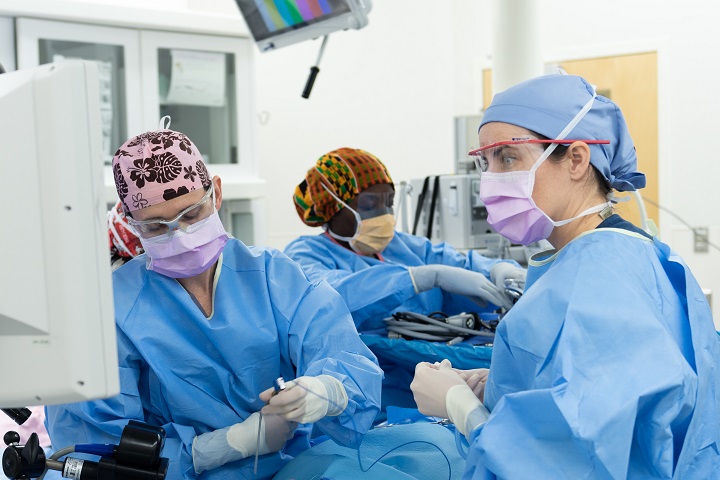
A joint surgical team comprised of three separate branches assembled to perform an operation at U.S. Air Force Hospital Langley at Joint Base Langley-Eustis, Virginia. Consisting of a Navy surgeon, Air Force nurse and Army technician, the team performed a Functional Endoscopic Sinus Surgery to restore a patient’s sinus ventilation to normal function. (U.S. Air Force photo by 2nd Lt. Samuel Eckholm)
JOINT BASE LANGLEY-EUSTIS, Va. — A joint surgical team comprised of three separate branches assembled at U.S. Air Force Hospital Langley to perform an operation.
Consisting of a Navy surgeon, Air Force nurse, and Army technician, the team was organized to perform a Functional Endoscopic Sinus Surgery to restore a patient’s sinus ventilation to normal function.
“It’s always a great experience working with different branches in the operating room where we are able to learn from each other and share different perspectives,” said Army Spc. Travona Parker, Specialty Care Unit surgical technician.
Falling in line with the Tidewater enhanced Multi-Service Market, providing health care in a joint environment works to improve readiness by ensuring that health care providers have the capabilities they need while providing patients with convenient access to care.
At the end of August 2018, Fort Eustis’ McDonald Army Health Center closed their operating room and joined the Navy in conducting surgical procedures at Hospital Langley. While operating room time has always been a hot commodity, having both the Army and Navy integrated into the Hospital Langley facility has maximized their utilization.
According to Air Force Maj. Erni Eulenstein, Surgical Operations Squadron Operating Room flight commander, “Allowing multiple services to operate at Langley has helped reduce the duplication of effort while also increasing efficiency.” If an operating room is not being used by the Air Force, it is often able to be filled by an Army or Navy surgeon to help increase utilization.
Of the surgical operations currently going on at Hospital Langley, roughly 68 percent are done by Langley providers, 28 percent are done by Fort Eustis providers, and the rest are done by Portsmouth providers.
With different services coming together, challenges would be expected. However, besides a few scheduling issues, things have run smoothly. “Everyone seems to be integrating and working well together,” Eulenstein said.
Navy Lt. Cmdr. Dinchen Jardine, Navy Medical Center Portsmouth Department of Otolaryngology, served as the lead surgeon during the FESS procedure and appreciates the opportunity to utilize Hospital Langley’s facilities while working side-by-side with the Air Force and Army. “It definitely helps everyone see and understand best practices that then in turn can add to providing the best care possible for patients,” Jardine said.
Air Force Maj. Mandy Giffin, Surgical Operations Squadron operating room nurse, has served in all three branches, bringing a lot of experience into the OR. She enlisted in the Army before joining the Navy reserves as a surgical technician. She then joined the Air Force and went to nursing school where she now serves in an active duty component at Hospital Langley.
Giffin believes there are many benefits to working as a joint surgical team. “You are able to hear what everyone’s different experiences are and you can compare them to how you do things yourself.”
“We are definitely becoming very purple,” Giffin said, a term used to describe the blending of uniforms working together from different services. “It’s become so efficient that at this point, I don’t even think twice about it.”
Disclaimer: Re-published content may have been edited for length and clarity. Read original post.
Northstar Dustoff provides aeromedical evacuation in Kuwait
Article
1/4/2019
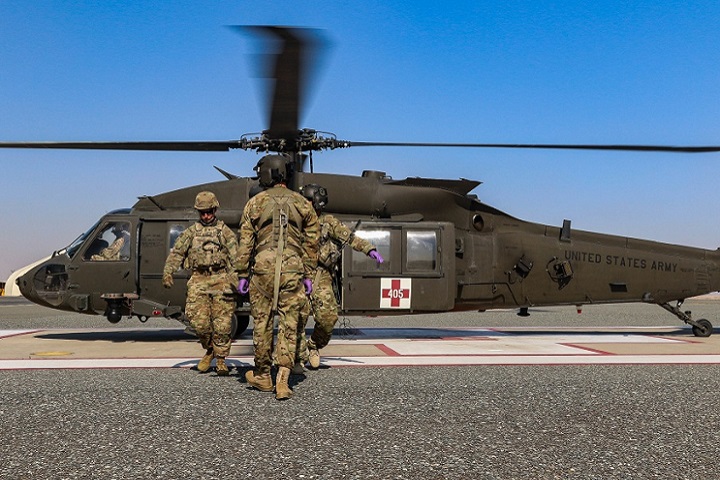
Northstar Dustoff has completed more than 60 aeromedical evacuations since August 2018
Army hospital earns reputation as a top teaching institution
Article
1/2/2019
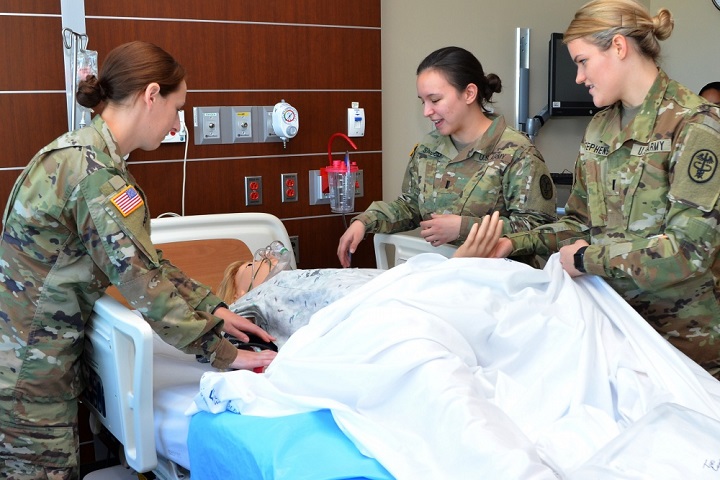
CRDAMC has been recognized by healthcare associations and educational institutions for exceptional achievements
Combat medics improve readiness with individual critical task list training
Article
12/31/2018
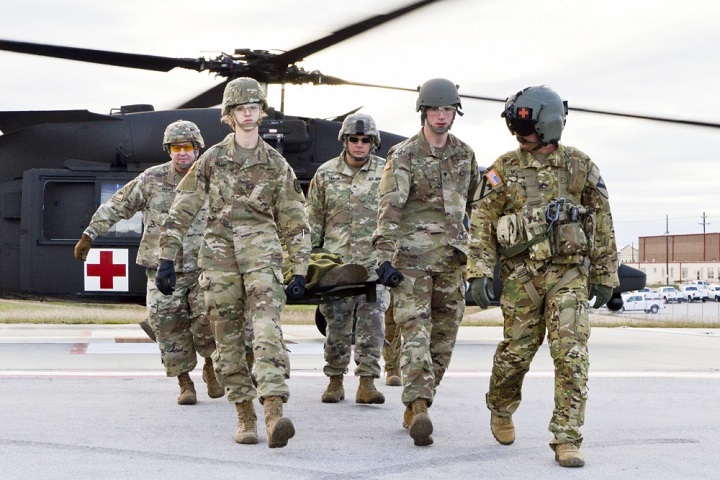
There is no substitution for being pushed around by the rotor wash of a helicopter
If the weather outside is frightful, a little preparation can make it delightful
Article
12/28/2018
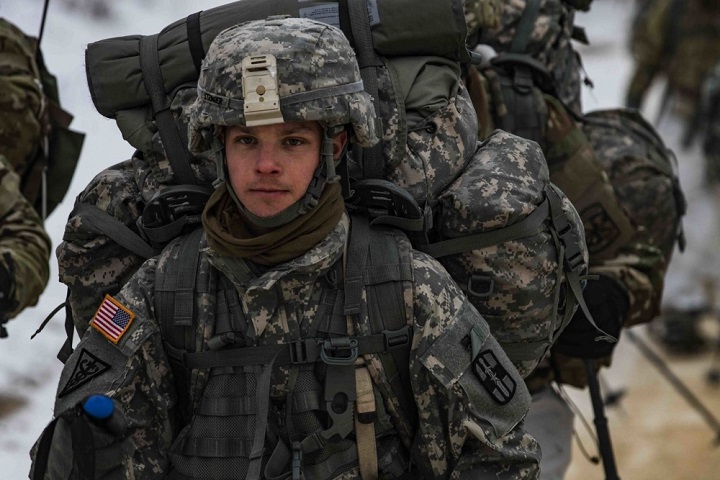
Learn the risks of exposure to cold, and steps to stay safe
Navy corpsman: Carrying the legacy
Article
12/27/2018
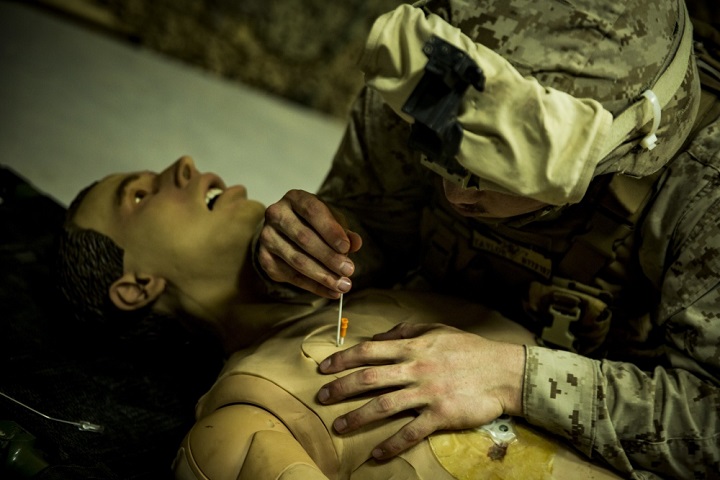
Navy hospital corpsmen attend 14-week “A” school at the Medical Education and Training Campus in Joint Base San Antonio — Fort Sam Houston, Texas
Oak Harbor achieves first with crucial new information technology milestone
Article
12/21/2018

Reducing risks to patients’ information is a top priority for the DoD
Hospital ship USNS Comfort returns home after completing mission
Article
12/20/2018
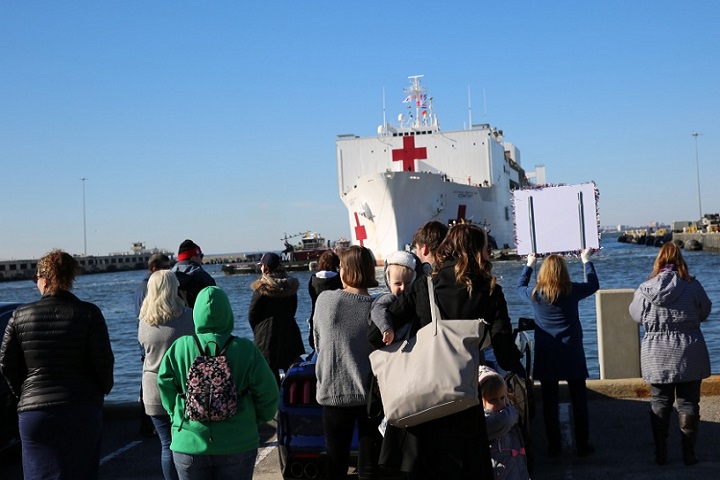
This mission marked the sixth time the hospital ship has provided medical assistance in the region
Super Galaxy: Aeromedical evacuation's biggest ally
Article
12/17/2018
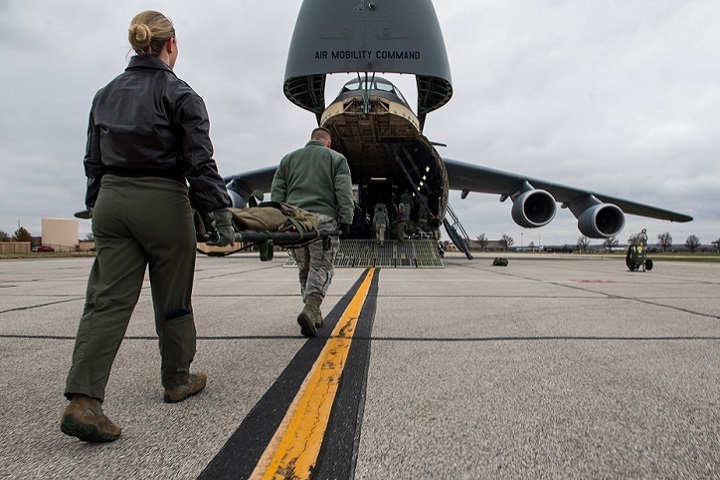
The C-5M upgrades allowed the proof of concept to work, but Airmen’s innovation is what made it happen
Surgeons share secrets of residency success
Article
12/11/2018
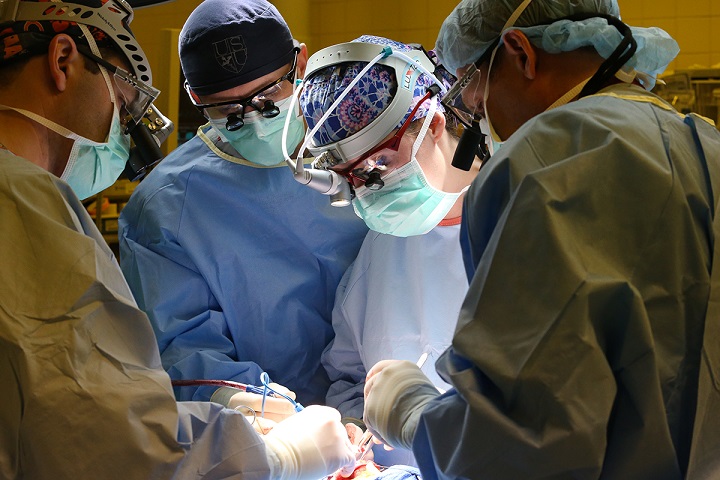
Madigan's general surgery residents have passed the exam for board certification on their first attempt at a nation-topping rate of 97.6 percent
Vaccination is the best defense against the flu
Article
12/10/2018
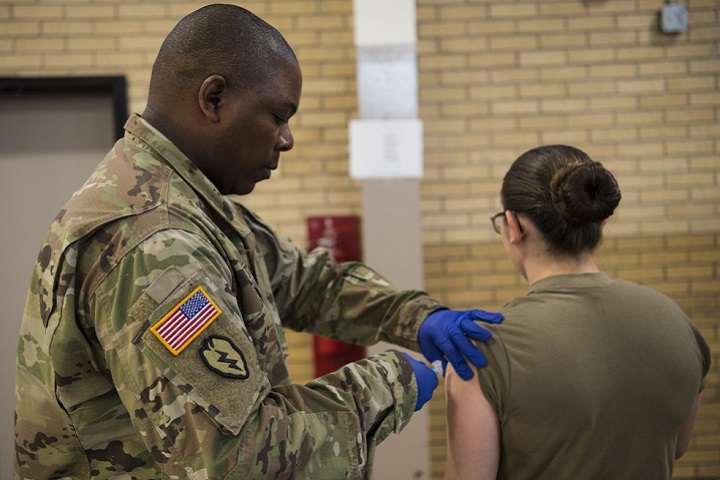
Vaccination is needed every year because the Influenza viruses change
Fleet surgical team saves life aboard USS Somerset
Article
12/6/2018
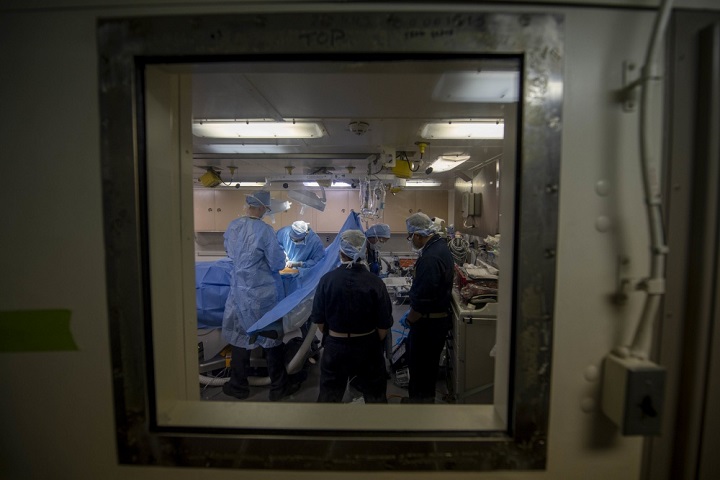
We were able to determine he had acute appendicitis
New training mannequins help Soldiers save lives
Article
11/28/2018
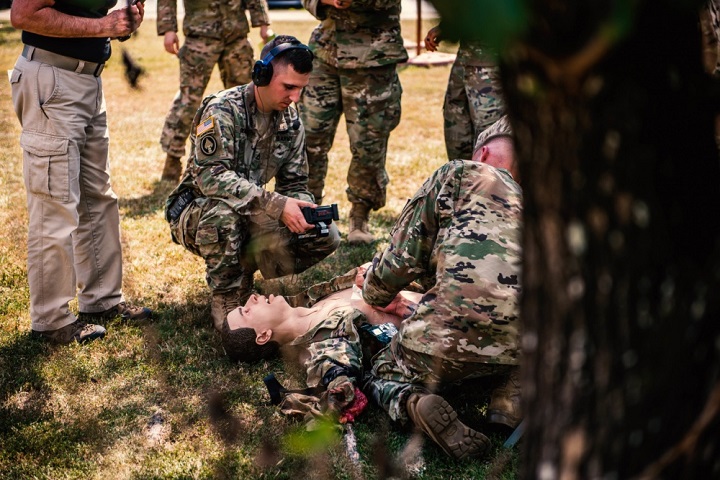
The realism of it creates that white-knuckle sensation and adrenalin for the Soldier
Rabies
Infographic
11/20/2018

Although Germany is rabies-free for terrestrial land mammals, rabies exposure remains a concern for U.S. military personnel assigned there because of personal and military travel and deployments to rabies endemic countries. Deployments have become much more variable both in location and duration. Deployments have increasingly focused on enhancing ...
Cold Weather Injuries
Infographic
11/20/2018

This update summarizes the frequencies, incidence rates, and correlates of risk of cold injuries among members of both active and reserve components of the U.S. Armed Forces during the past 5 years.
Malaria
Infographic
11/20/2018

This report describes a cluster of 11 soldiers with vivax malaria among U.S. military personnel who trained at Dagmar North training area, near the demilitarized zone (DMZ), in the Republic of Korea (ROK) in 2015.






















.png)











No hay comentarios:
Publicar un comentario